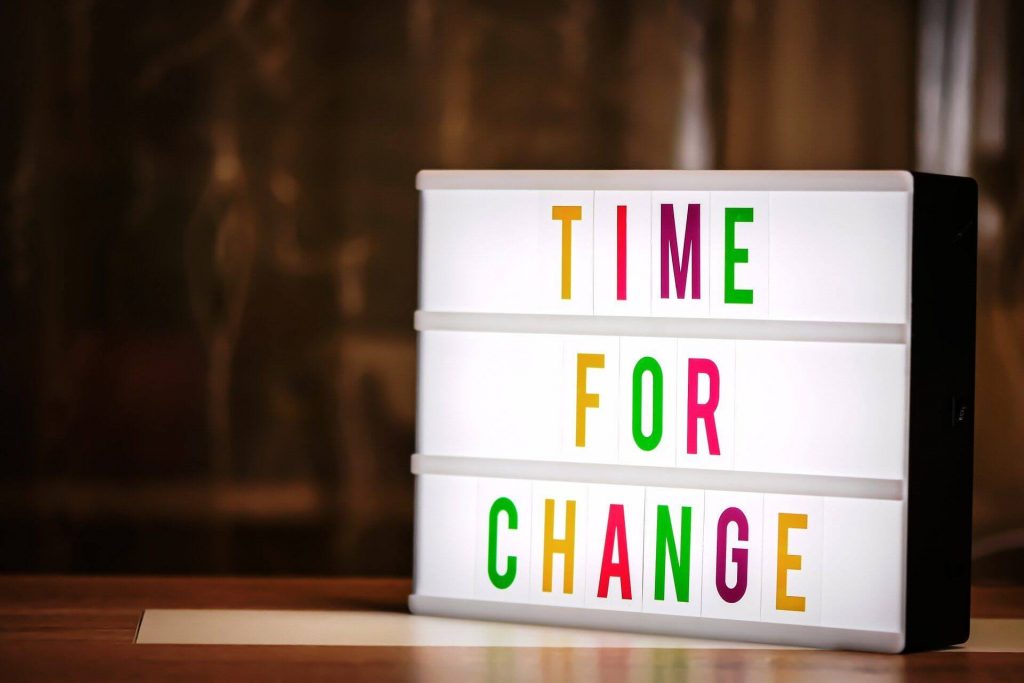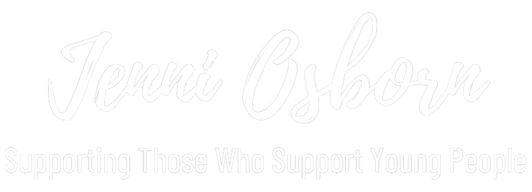This article first appeared in the Premier Youth and Children’s Work Magazine Schools Work in April 2019

Change is the only Constant
If there is one thing that is certain in life it is that things will change: think back for a moment over the last 5-10 years of your own life, what changes have you been through? Now consider your ‘average’ 16 year old, even if you don’t take any family upheaval, bereavement or other significant change into consideration, this 16 year old is likely to have had at least 3 significant periods of change in the past 11 years, and some may have had 4 or 5, depending on the school system where they grew up. Add into that puberty; the likelihood of bereavement, moving house/church community, or other significant events in family life; and you begin to see that childhood and adolescence can be full of change.
I meet young people regularly who are dealing with huge amounts of pressure brought on by changes: either transition from one school setting to another – having to find new friends, working out where they fit in this environment and, in the case of the transition to secondary school, all at a time when their sense of self is especially fragile. In addition, change might also come from ‘higher up’: in the past 3 – 4 years the education system in England has been through a huge upheaval (touted as the biggest change since the National Curriculum was introduced in 1988), with the removal of levels for assessment at primary and the big change for the way GCSE’s are assessed. Even teaching staff have struggled to make sense of these changes and it’s hard on everyone.
Teaching our children and young people about change is crucial to all parents, youth and children’s workers, schools workers and anyone else who works directly with those under 18! Resilience is a much bandied about word these days and rightly so as our society seems to have less of this key ability than ever before: many are angry and very vocal with it, many are damaged by trauma of one kind or another, many are suffering from a lack of the kind of parenting which gives them the ability to do hard things or have hard conversations, many are grieving and uncertain what to do with the big emotions that come with that.
If we are going to guide our young people through this time of change from one school to another it’s important to be aware of those who are finding it more challenging than others. All change brings fear and anxiety with it, some will approach this with a ‘feel the fear and do it anyway’ attitude, others with a much more fragile sense of self and heightened anxiety, making it very difficult for them to think rationally. A helpful way to help our children and young people consider their reactions to change is to use the FIRE acronym:
Facts – what are the facts about the change? What do we know about the new school setting? An example of this would be: It’s the school where all my friends are going. It’s a much bigger school than my current one.
Interpretation – what are we interpreting these facts to mean? We can leap to all sorts of versions of events: if it’s a bigger school that’ll mean more bullies and I’ll get picked on. Even though all my friends are going, they might all abandon me and I’ll be left with no one.
Reactions – we will have an emotional reaction: in this case, fear, dread, confusion, loneliness, and fright are all emotions we might expect a child or young person to have. These emotions will differ wildly often because of the individual’s own history and experience. Someone who has previously experienced change that was deeply traumatic will react with much more extreme emotions than someone else.
Ends – we then figure out an ‘obvious’ end: in this case the young person might well conclude ‘I don’t want to change school, it’ll be horrible and I’ll fail at everything. All my friends are going to leave me so I’ll push them away before they can do the same to me’. These conclusions will have a massive impact on their behaviour, their sleep patterns, as well as their thought patterns.
The key thing here is to try and encourage the child or young person to consider a different interpretation, which leads to different reactions and therefore different ends.
Of course, everyone faced with change goes through these four stages, everyone faced with change will be anxious (ever noticed how much anxiety often looks or feels very similar to excitement?) and everyone will approach change differently. As schools workers, who occupy a very special place in the hearts and minds of the children and young people we work with, we need to be equipping them to handle change. In the ‘in action’ section you can find some practical ideas for how to lead children and young people through the transition from one school to another.
FIRE acronym from Forbes website https://www.forbes.com/sites/markmurphy/2016/08/14/the-big-reason-why-some-people-are-terrified-of-change-while-others-love-it/#24e416a22f63
Reflection:
As adults we are not immune from the effects of change, why not take a few minutes to reflect on one particular change you have made or was made for you recently. See if you can go through the FIRE stages and really notice the impact your own interpretations, reactions and assumed ends have had on you. How could you alter your perceptions of the facts to try and arrive at a different conclusion?

